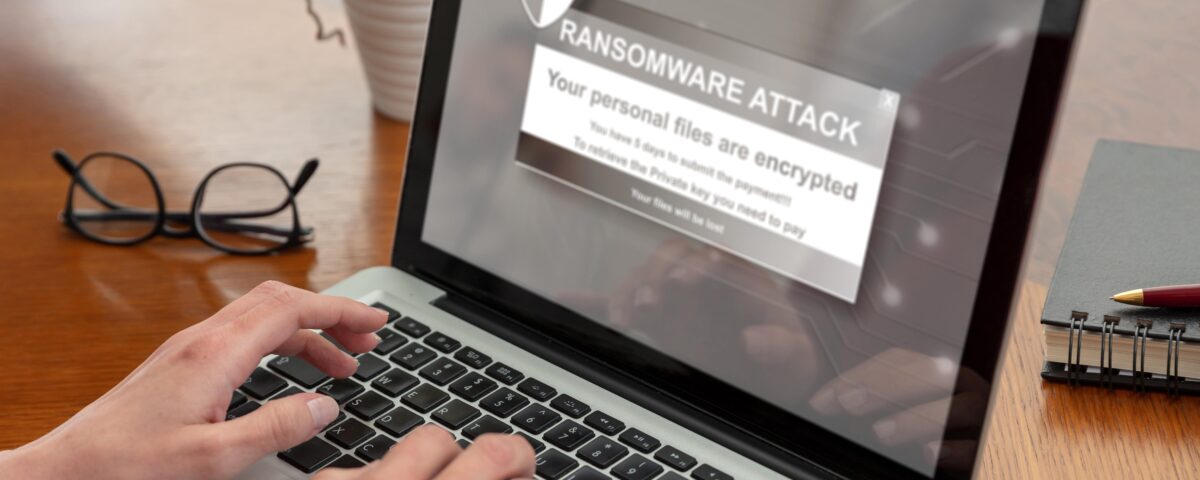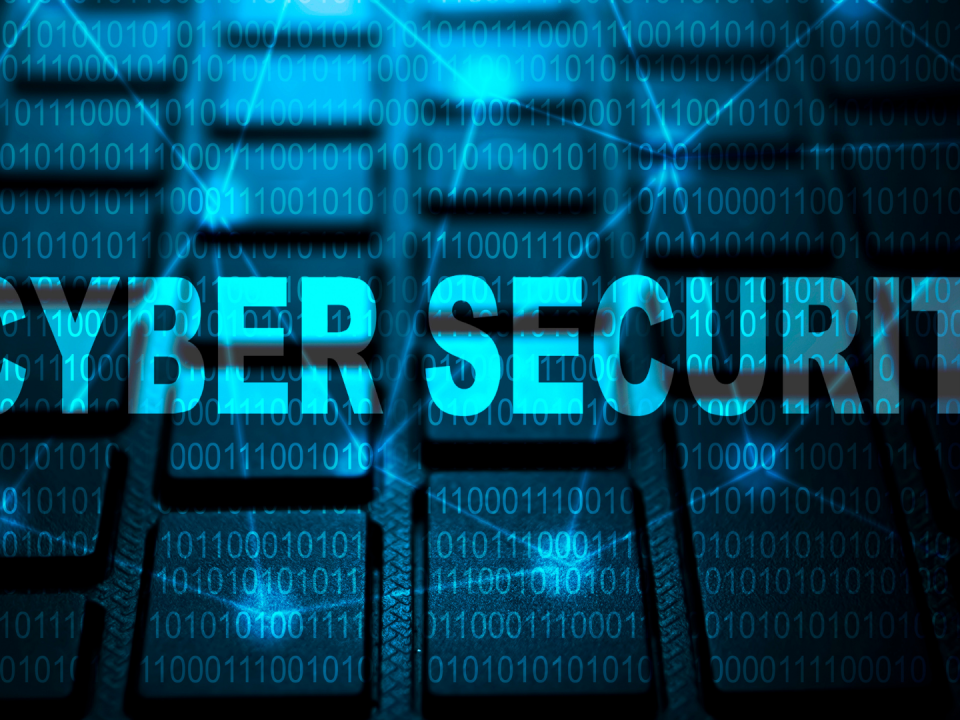
Using DNS Sinkholes to Improve Network Security: A Complete Guide
May 5, 2014
Unveiling the Man-in-the-Middle Attack: A Cybersecurity Perspective
May 7, 2014A ransomware attack is a type of cyber attack in which malicious software encrypts a victim's files and demands a ransom payment in exchange for the decryption key. Ransomware attacks can be devastating for businesses and individuals alike, as they can cause significant data loss, financial losses, and reputational damage.
Prevention
The best way to deal with a ransomware attack is to prevent one from happening in the first place. There are a number of things you can do to protect yourself from ransomware, including:
- Keeping your software up to date: Outdated software can contain vulnerabilities that hackers can exploit to install ransomware. Make sure you are always running the latest versions of your operating system, web browser, and other software.
- Using strong passwords: Strong passwords are essential for protecting your data from unauthorized access. Use a different password for each of your online accounts, and make sure your passwords are at least 12 characters long and include a mix of upper and lowercase letters, numbers, and symbols.
- Being careful about what you click on: Ransomware can often be spread through phishing emails and malicious websites. Be careful about what you click on, and never open attachments or follow links from unknown senders.
- Backing up your data regularly: Regular backups are essential for protecting your data from loss. Make sure you are backing up your data at least once a week, and store your backups offline in a secure location.
What to Do If You Are Attacked
If you are attacked by ransomware, it is important to stay calm and take the following steps:
- Disconnect affected devices from the network: This will help to prevent the ransomware from spreading to other devices.
- Do not pay the ransom: There is no guarantee that you will get your files back even if you pay the ransom. In fact, paying the ransom may only encourage the attackers to continue their activities.
- Report the attack to the authorities: Reporting the attack to the authorities can help to bring the attackers to justice and prevent future attacks.
- Restore your data from backups: If you have backups of your data, you can restore your files and avoid having to pay the ransom.
Recovery
In addition to the steps above, there are a number of other things you can do to recover from a ransomware attack, including:
- Using decryption tools: There are a number of decryption tools available that can help you to decrypt your files without having to pay the ransom.
- Contacting a cybersecurity professional: If you are not able to decrypt your files on your own, you can contact a cybersecurity professional for help.
- Learning from the experience: Once you have recovered from the attack, it is important to learn from your experience and take steps to prevent future attacks
Conclusion
Ransomware attacks can be a serious problem, but there are a number of things you can do to protect yourself from them. By following the tips above, you can help to keep your data safe and avoid becoming a victim of a ransomware attack.





